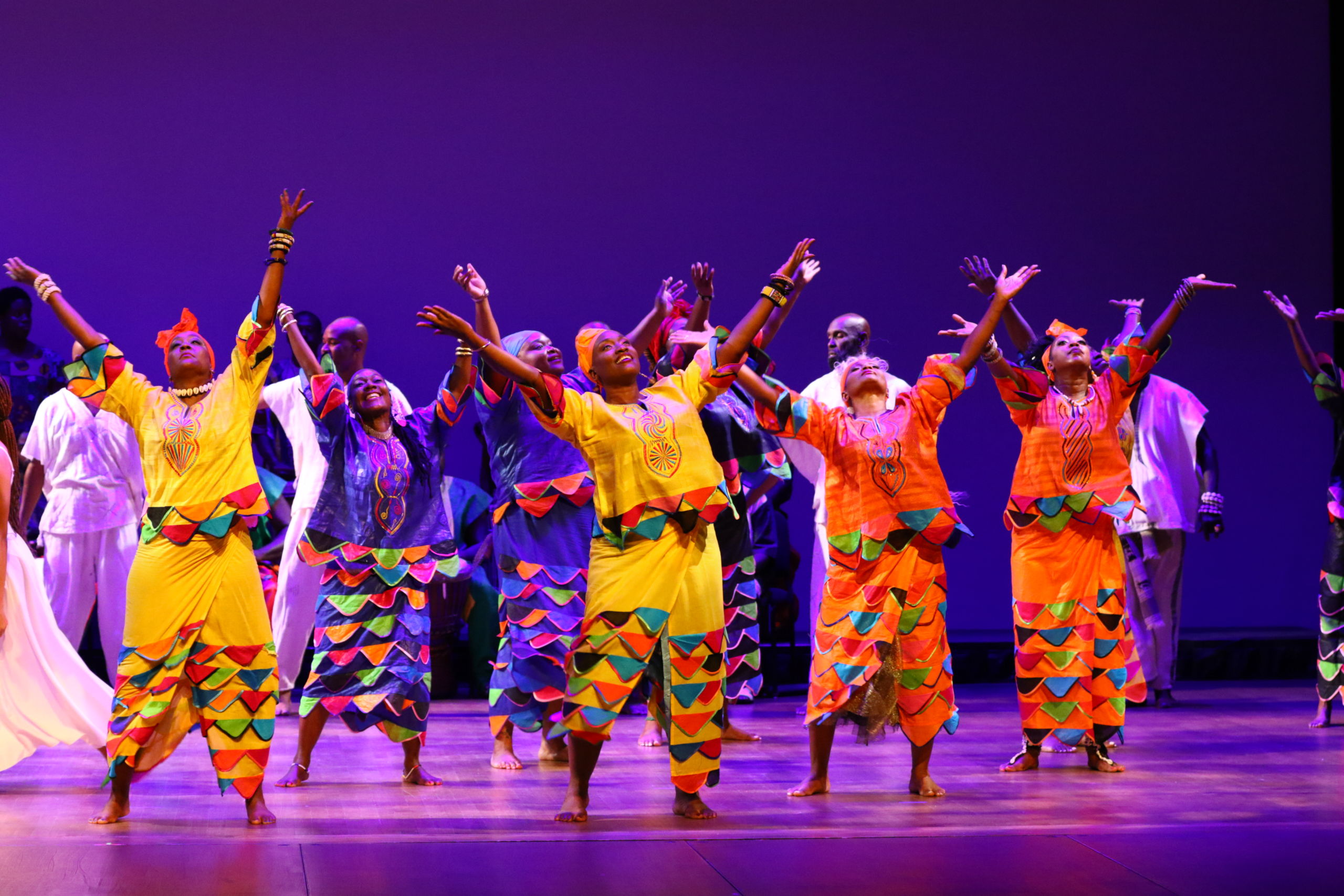At African Club Dances, we are dedicated to helping people experience the vibrant and diverse world of African dance. Central to this experience are the unique beats and rhythms that drive each dance style. These beats are more than just musical accompaniments; they are the heart and soul of African dance, guiding movements and creating a deep connection between the dancers and the music.
The Pulse of the Drum
In many African cultures, drums are the primary instruments that set the rhythm for dance. The powerful beats of the djembe, talking drum, and ngoma create dynamic and energetic rhythms that inspire dancers to move. Each drumbeat tells a story, conveying emotions and setting the pace for the dance. The drum’s pulse is the heartbeat of African dance, providing a steady foundation that dancers can follow.
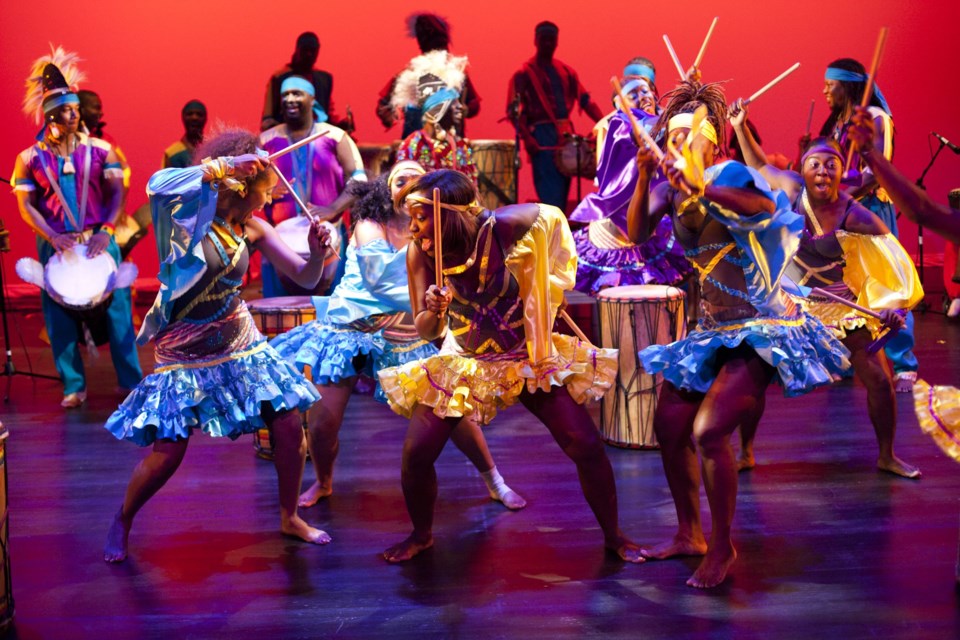
Polyrhythms: Layered Complexity
African music is known for its use of polyrhythms, where multiple rhythms are played simultaneously. This creates a rich and complex sound that is both captivating and challenging for dancers. Polyrhythms require dancers to be highly attuned to the music, responding to different rhythmic layers with coordinated movements. This complexity adds depth and excitement to African dance, making it a truly immersive experience.
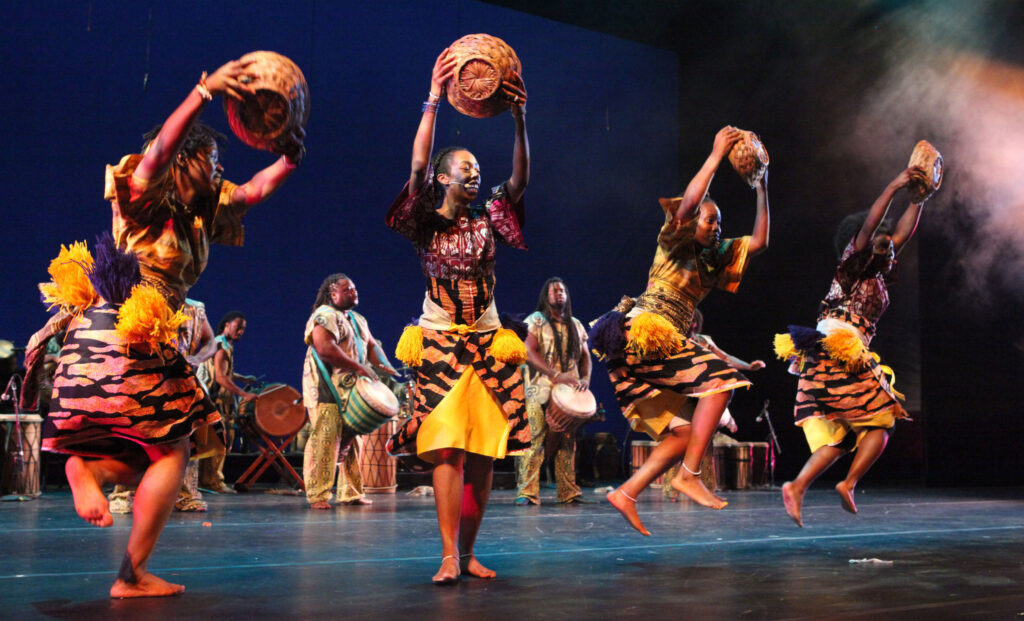
Call and Response
Another characteristic of African music that influences dance is the call and response pattern. This interactive musical form involves a lead musician or singer (the “call”) and a group response. In dance, this pattern translates to dynamic exchanges between lead dancers and the ensemble, creating a lively and engaging performance. The call and response structure fosters a sense of community and participation, essential elements of African dance culture.
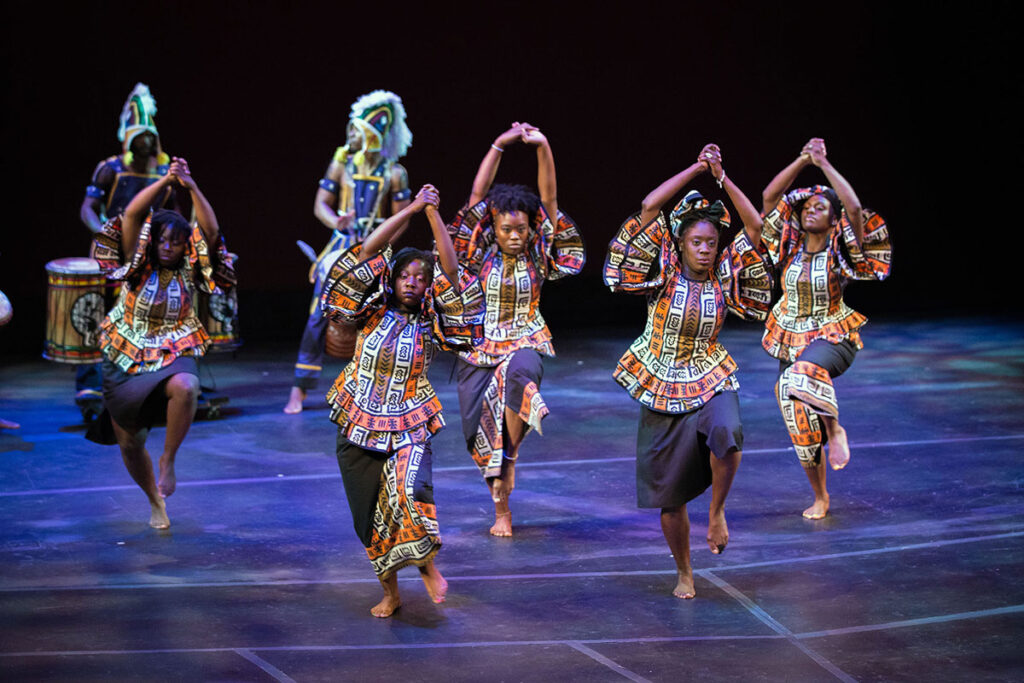
Instruments That Guide the Dance
Various traditional instruments provide the beats that guide African dance:
- Djembe: A versatile drum from West Africa known for its wide range of tones. Its rhythms are central to many African dances.
- Talking Drum: This drum can mimic the tones of human speech, making it an essential instrument for storytelling through dance.
- Balafon: A wooden xylophone that adds melodic and rhythmic layers to the music, enhancing the dance experience.
- Kora: A stringed instrument that provides harmonic support and rhythmic patterns, enriching the musical backdrop for dance.
- Mbira: Also known as the thumb piano, it produces gentle, rhythmic sounds that are perfect for reflective and expressive dances.
The Role of Rhythm in Dance
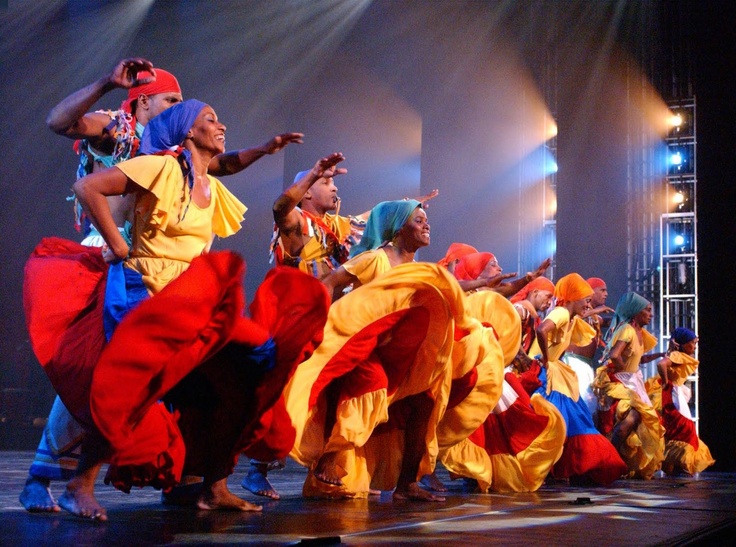
Rhythm is the driving force behind every dance move. African dancers often use their entire bodies to express the rhythm, with footwork, body isolations, and gestures all synchronized to the beats. The connection between the dancer and the rhythm is profound, creating a harmonious flow that captivates audiences and participants alike.
Join the Dance at African Club Dances
At African Club Dances, we embrace the rich rhythmic traditions of Africa in our classes and workshops. We help participants connect with the beats that drive African dance, fostering a deep appreciation for the music and movements. Whether you’re drawn to the powerful drumbeats of West Africa or the melodic rhythms of Southern Africa, our dance sessions offer a unique opportunity to experience the vibrant and dynamic world of African dance.
Join us and feel the rhythm of Africa, moving to the beats that have inspired generations of dancers across the continent. Let the music guide your steps and connect you to the heart of African culture.

